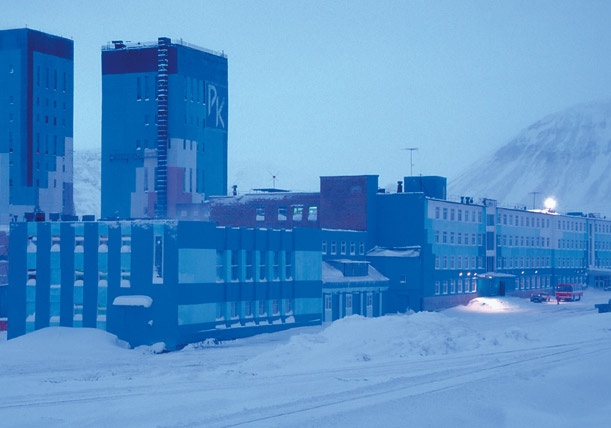Russia’s MMC Norilsk Nickel, the world’s largest refined nickel and palladium producer, has released its annual Sustainable Development report for 2019. Digitalisation and innovation are a big focus, the company stating that R&D and innovation play a major role in taking forward Nornickel’s strategic priorities, from expanding its production to improving efficiency and reducing environmental impact.
Nornickel leads the charge among Russian industrial producers in bringing digital technology to production and takes an active part in building the national legal and regulatory framework in this area, which is also one of the key aspects of the Digital Economy national project. Vladimir Potanin, President of MMC Norilsk Nickel since 2018, has chaired the working group of the Russian Union of Industrialists and Entrepreneurs for coordination of legislative and regulatory efforts in the realm of digital economy.
Technology Breakthrough is an ongoing programme to introduce advanced digital technology in mine engineering, as well as in planning and operational control of mining activities. The Digital Mine project is one of the key initiatives of the programme, which seeks to boost operating efficiency of underground mining by centralising planning and control of mining operations based on real-time data analysis and developing an automated system for shift-to-shift planning of mining operations over a ten-day horizon.
The project will bring a number of positive benefits for Nornickel, enabling the company to enhance safety of underground operations and provide training opportunities for employees (simulation-based training, management skills training), and also supporting the creation of new jobs (such as a remote control operator of self-propelled drilling rigs /load haul dumpers, etc) in the long term.
Sergey Dyachenko, First Vice President and COO at MMC Norilsk Nickel states: “We already monitor around 80% of our production processes in real time. All of our mines can effectively track their current production indicators at cycle-level granularity. We are now considering possible roll-out of 5G or LTE networks to support our dynamic production environment. This will bring connectivity to the most remote parts of the mine and enable real-time data transmission by all underground equipment.”
Early in the project, communications and tracking infrastructure was set up for locating people and equipment underground, including a fibre-optic network and a wireless data transmission system, with tags worn by all mine personnel or installed in all mining equipment to track their movement. As at the end of 2019, state-of-the-art operational control centres supporting 24/7 real-time mining operations monitoring were launched at five mines of the Polar Division (Oktyabrsky, Taimyrsky, Komsomolsky, Skalisty and Mayak). In 2020, Nornickel plans to launch similar centres at Kola MMC’s Severny mine.
Nornickel is also working on the Automated Mining Management System project to enable real-time performance monitoring of shift assignments, with data transmission devices installed on load-haul-dump vehicles, self-propelled drilling rigs and underground electric locomotives. The system greatly accelerates data exchange, which, in turn, can help increase the volume of ore mined, cut costs, and boost efficiency of human resource management.
Launched at Kola MMC’s Severny mine in late 2019, the Automated Mining Management System is planned to be rolled out at Polar Division’s Oktyabrsky, Skalisty and Komsomolsky mines in 2020. On top of that, many mines are now testing electronic job orders. As part of this exercise, electronic logs, which are being gradually introduced in Norilsk operations, are filled out online by its mine experts based on visual inspection and assessment of each section’s condition to record any ongoing changes. At the end of shift, these logs can be used to generate job assignments for mechanics, power engineers and other employees.
As if this wasn’t enough, Nornickel is also developing independent drones capable of taking video deep inside a mine without GPS guidance. These devices contribute to occupational safety, and a robotic system equipped for laser scanning and capable of autonomous navigation in the mine. The robot can do high-quality 3D mine surveying, including hard-to-reach areas, and the results can be integrated into the MGIS.











